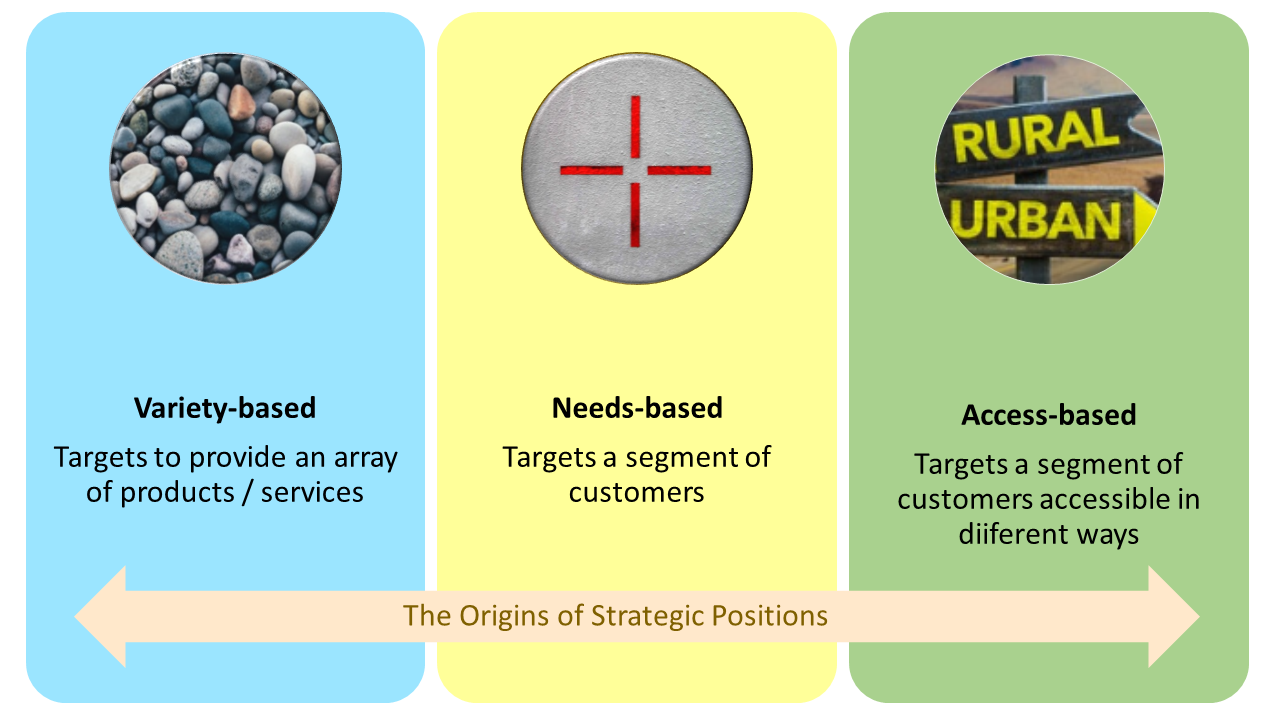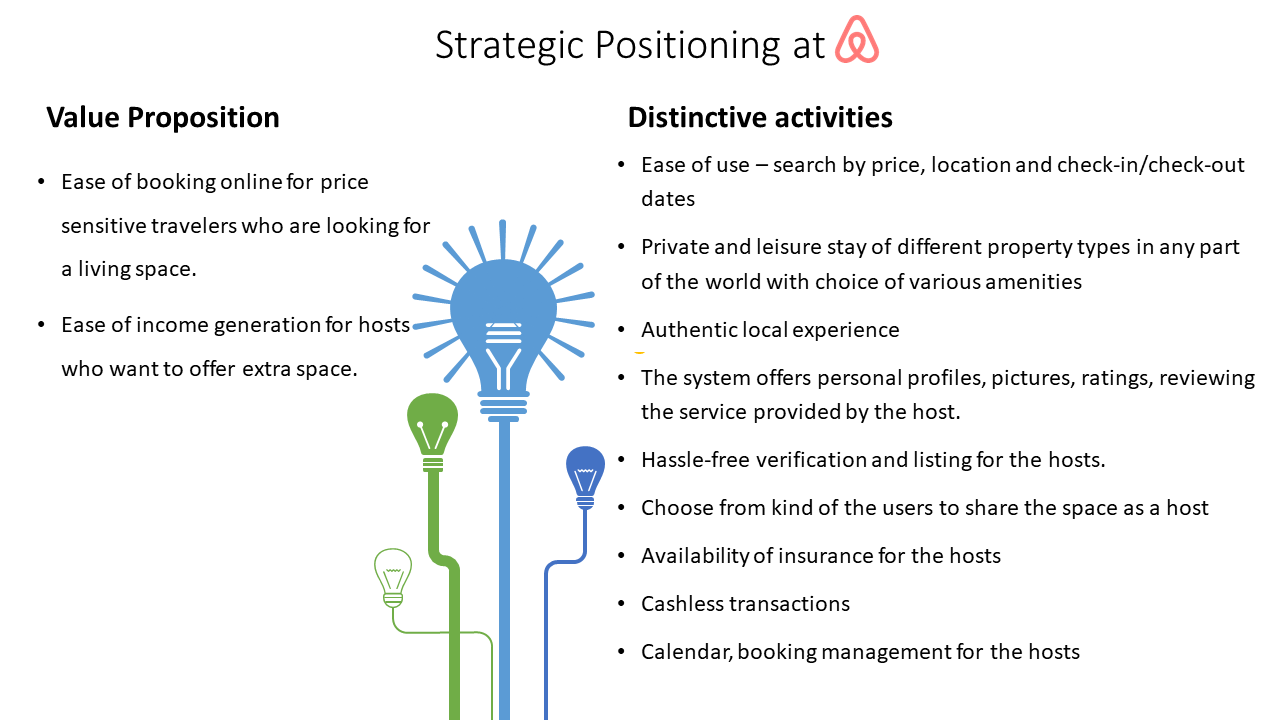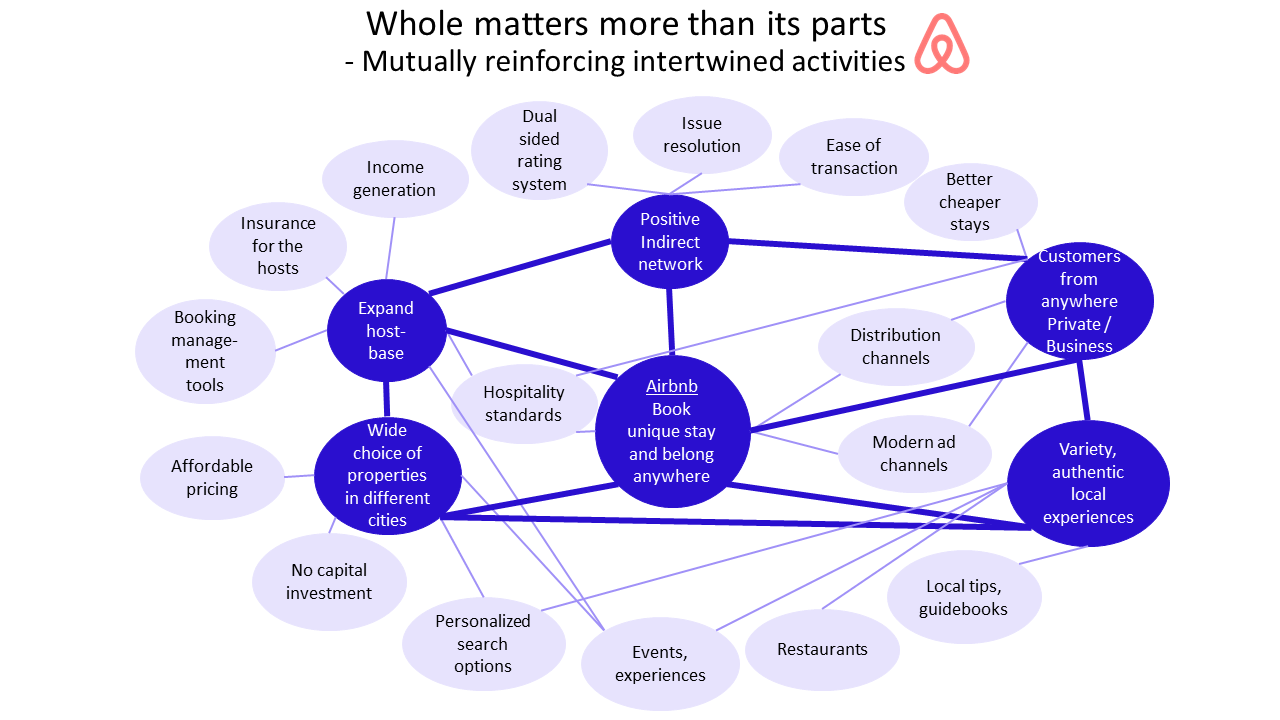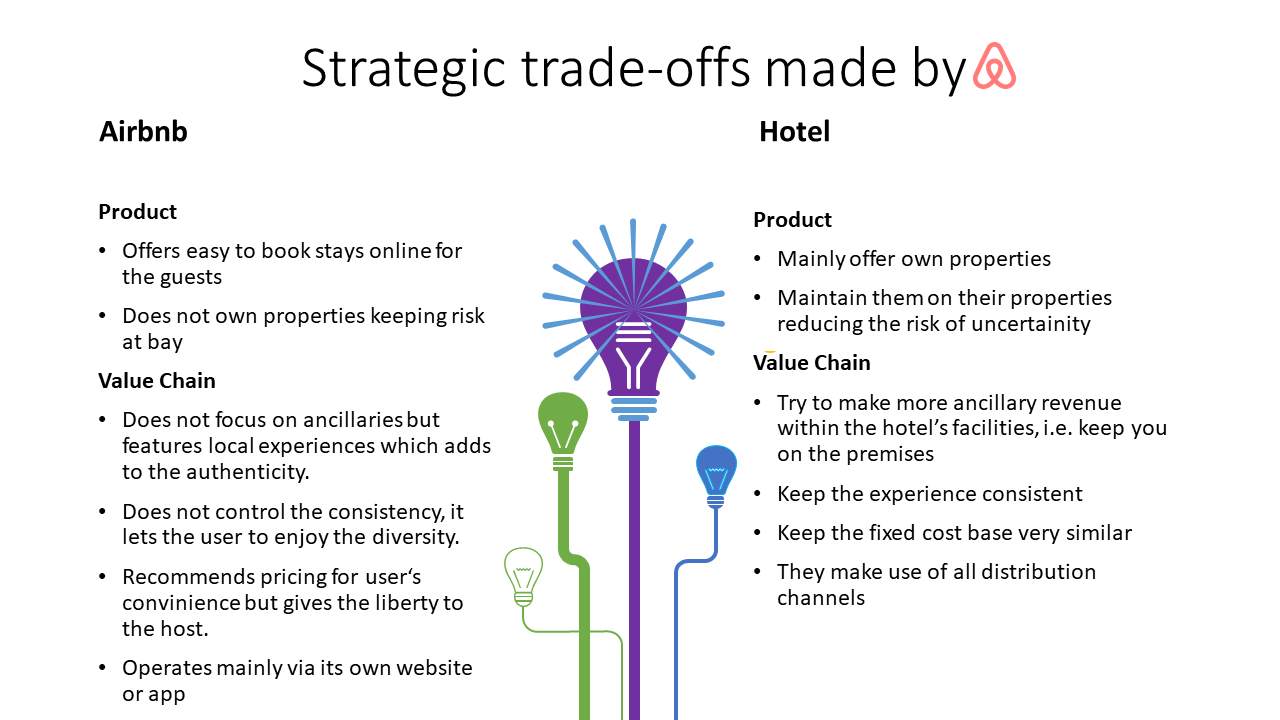
There is no way around change; the only way is through it.
Recently I had an opportunity to converse with Hamarz Mehmanesh, CEO mgm technology partners. I raised my concern that the world around us is moving towards self-sustained teams, even in the big product organizations that are currently our clients. When I asked him,” What shall we do as a service-based company, to stay relevant?” He said, “That’s true. One needs to find a new position”.
“Strategy is the creation of a unique and valuable position, involving a different set of activities.”
But what is a new position? It is nothing but the way in which business as a whole chooses to stand out from its competitors and leverages the value. This is also called strategic positioning and it is always relative to its industry. While explaining ‘finding-new-position’, Michael Porter says, “Strategic competition can be thought of as the process of perceiving new positions that woo customers from established positions or draw new customers into the market.”
Strategic Positions are outward-facing and these positions can be based on customer’s needs, customer’s accessibility or a variety of a company’s products or services.
Irrespective of the chosen basis — variety, needs, access or any combination of the three — positioning requires a tailored set of activities because it is a function of differences in activities. Nevertheless, it is not always a function of difference on the demand side. For instance, variety and access positioning do not rely on any customer differences.
Finding a new position is intriguing and it could lead to lower prices or differentiate itself to become premium. This might involve implementing operational effectiveness, coming up with new pricing models, offering geographic distribution of the employees to include countries with low-cost labor, new marketing plans, etc. Isn’t it easy to imitate the positioning though? Can another company just adopt the pricing model you have come up with? Later, Hamarz revealed that, although business strategy at mgm has seen little or no change over time, the activities that comprise the execution-realm and their co-relation keep adopting and that’s what gives our company an edge.
That’s very true. Only a new position is insufficient and each individual activity that makes up the whole is very important. But wait, these individual activities can also be imitated. That’s why how these activities interlock themselves are of greater importance. Hence, a set of activities that are intertwined, create the basic units of competitive advantage, leveraging a special mix of value. This is what makes it not only unique but also hard to imitate.
Therefore, to attain the perfect fit, sustainability, gain an edge and stay relevant, a company needs
- A unique value proposition in the industry
- A distinctive value chain that embodies choices made to create differentiation
- Clear trade-offs, choosing what not to do.
To understand the above points, I studied how some other companies practice it. One such example is Airbnb.
I. A unique value proposition in the industry
I found it very eloquent. Airbnb’s tagline says Belong Anywhere. It’s brilliant and matches very well with its brand positioning strategy. The activities by which Airbnb adds value to its services and delivers them can be seen in the image:
Let’s see how the activities tend to fit each other in various ways:
- Consistency: all the listed activities are aligned with the company’s value proposition and each one of them contributes incrementally. In the example, the search using price, location, duration, property types all of these support the value proposition of “ease of booking online for price-sensitive travelers”
- Combination: these activities reinforce each other further enhancing the value proposition. In case of Airbnb, hassle-free verification for hosts and cashless payment reinforce each other encouraging more hosts to join Airbnb
- Substitution: performing one activity makes it possible to substitute another. But the activities cannot be decoupled, which is what makes it strong. The consumer satisfaction remains the same whether they choose entire flat or shared room because they serve the purpose for the given price. These activities cannot be separated from each other.
II. A distinctive value chain that embodies choices made to create differentiation
So far, we have the list of activities which comprise a value chain. However, how these activities are configured, linked and how closely they interact with each other, brings out the competitive advantage.
When activities fit, it creates strong position, whole matters more than its parts. Fit enhances a position’s uniqueness and amplifies trade-offs.
III. Clear trade-offs, choosing what not to do.
For sustainability one needs to know what not to do, in other words, these are called as trade-offs. Knowing the trade-offs of a company is very important. They are ensuring and strengthening the company’s standpoint.
Trade-offs are helpful. They avoid any kind of confusions that might occur among the customers and employees while a company attempts to deliver two or more inconsistent things at the same time.
Continuing with the Airbnb, take a look at the smart trade-offs Airbnb has made.
In the example, Airbnb does not own any property, but they have chosen not to do it although this could add some uncertainty for the operation.
After an hour of discussion with Hamarz, we agreed that relevance is a moving target. One who perfected a skill yesterday, was only relevant yesterday. To stay relevant, continuous improvement should become an integral part of a company’s culture.
References:
- Article “What is Strategy” by Michael Porter, HBR 1996
- https://www.iconfinder.com/icons/
- Photo credit: https://unsplash.com/
- Article “FROM STRATEGIC PLANNING TO STRATEGIC POSITIONING”, 2015 Conservation Impact and Nonprofit Impact
- Book Be the Best at What Matters Most: The Only Strategy You will Ever Need by Joe Calloway











